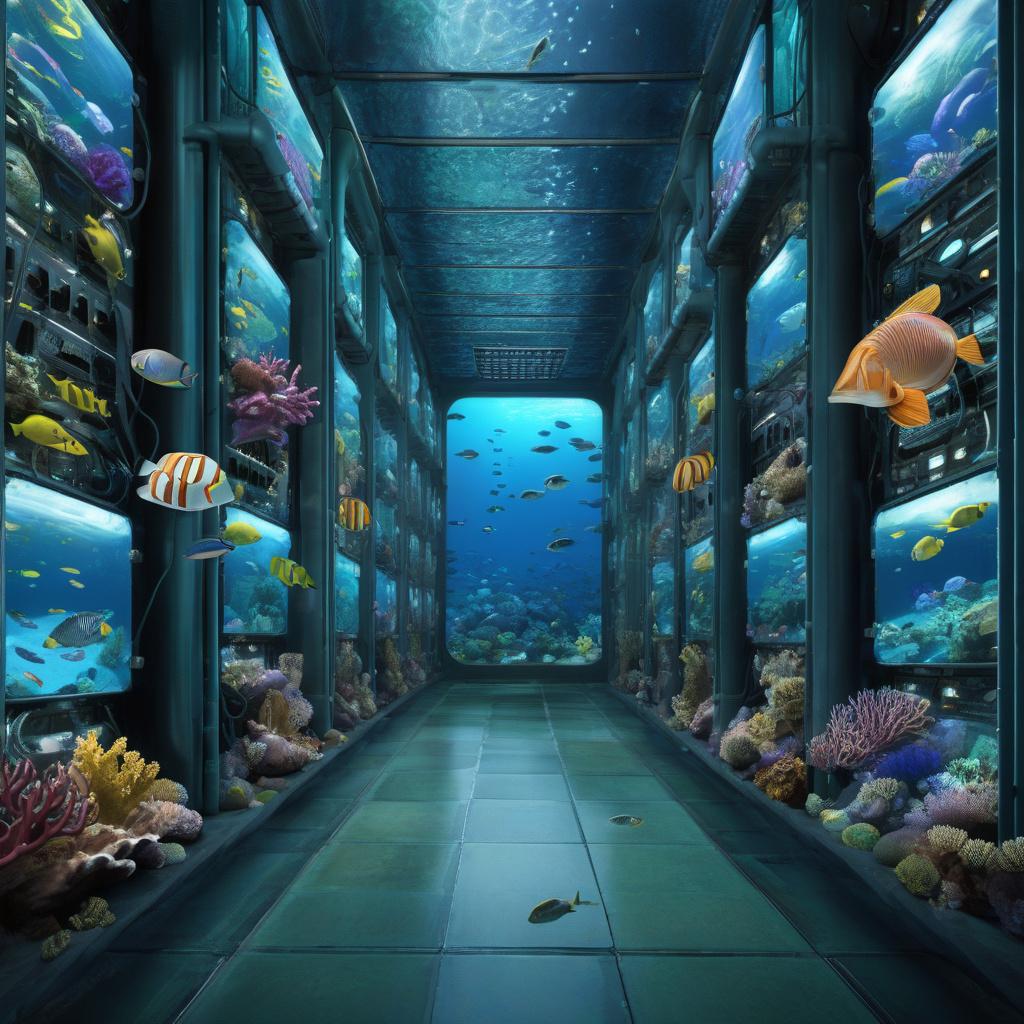Underwater Data Centers: Transforming Junk Smartphones into Marine Guardians
Smartphones are aging faster than ever. Most users replace their devices every two to three years, leading to millions of discarded phones contributing to electronic waste. However, what if these seemingly obsolete smartphones could be repurposed for a groundbreaking cause? In a remarkable initiative, underwater data centers are being built from junk smartphones to track and protect sea life, marking a significant intersection of technology and environmental conservation.
The concept of repurposing old smartphones for underwater data centers stems from the need for innovative solutions to monitor and safeguard marine ecosystems. These data centers, equipped with sensors and cameras, are capable of collecting real-time data on oceanic conditions, marine biodiversity, and human impact on underwater environments. By utilizing the processing power and connectivity of discarded smartphones, researchers and environmentalists are able to create a network of underwater monitoring systems that can revolutionize marine conservation efforts.
One of the key advantages of using junk smartphones for underwater data centers is cost-effectiveness. With a large number of smartphones becoming outdated or damaged every year, repurposing these devices significantly reduces the expenses associated with setting up underwater monitoring systems. This approach not only promotes sustainability by giving old smartphones a new purpose but also maximizes the resources available for marine protection initiatives.
Moreover, the use of underwater data centers built from junk smartphones demonstrates the power of collaboration between technology experts, environmental organizations, and marine biologists. By bringing together diverse skill sets and knowledge domains, these initiatives foster innovation and creativity in addressing pressing environmental challenges. The synergy between technology and conservation efforts highlights the importance of interdisciplinary approaches in driving positive change for our planet.
In addition to tracking and monitoring sea life, underwater data centers play a crucial role in protecting marine ecosystems from various threats. From illegal fishing activities to pollution and climate change impacts, these monitoring systems provide valuable insights that can inform policy decisions and conservation strategies. By leveraging the capabilities of repurposed smartphones, researchers can gather data that is essential for understanding and mitigating the human-induced pressures on ocean environments.
Furthermore, the deployment of underwater data centers built from junk smartphones underscores the potential for scalable and adaptable solutions in environmental monitoring. As technology continues to advance, the opportunities for repurposing electronic devices for conservation purposes are endless. By harnessing the power of innovation and sustainability, we can create a more interconnected and data-driven approach to safeguarding our oceans and the creatures that inhabit them.
In conclusion, the transformation of junk smartphones into underwater data centers represents a remarkable fusion of technology, innovation, and environmental stewardship. By repurposing old devices for marine conservation efforts, we not only address the challenge of electronic waste but also unlock new possibilities for monitoring and protecting sea life. The initiative serves as a testament to the ingenuity and creativity of individuals and organizations striving to make a positive impact on our planet’s ecosystems.
marineconservation, underwatermonitoring, technologyinnovation, environmentalprotection, sustainablefuture












